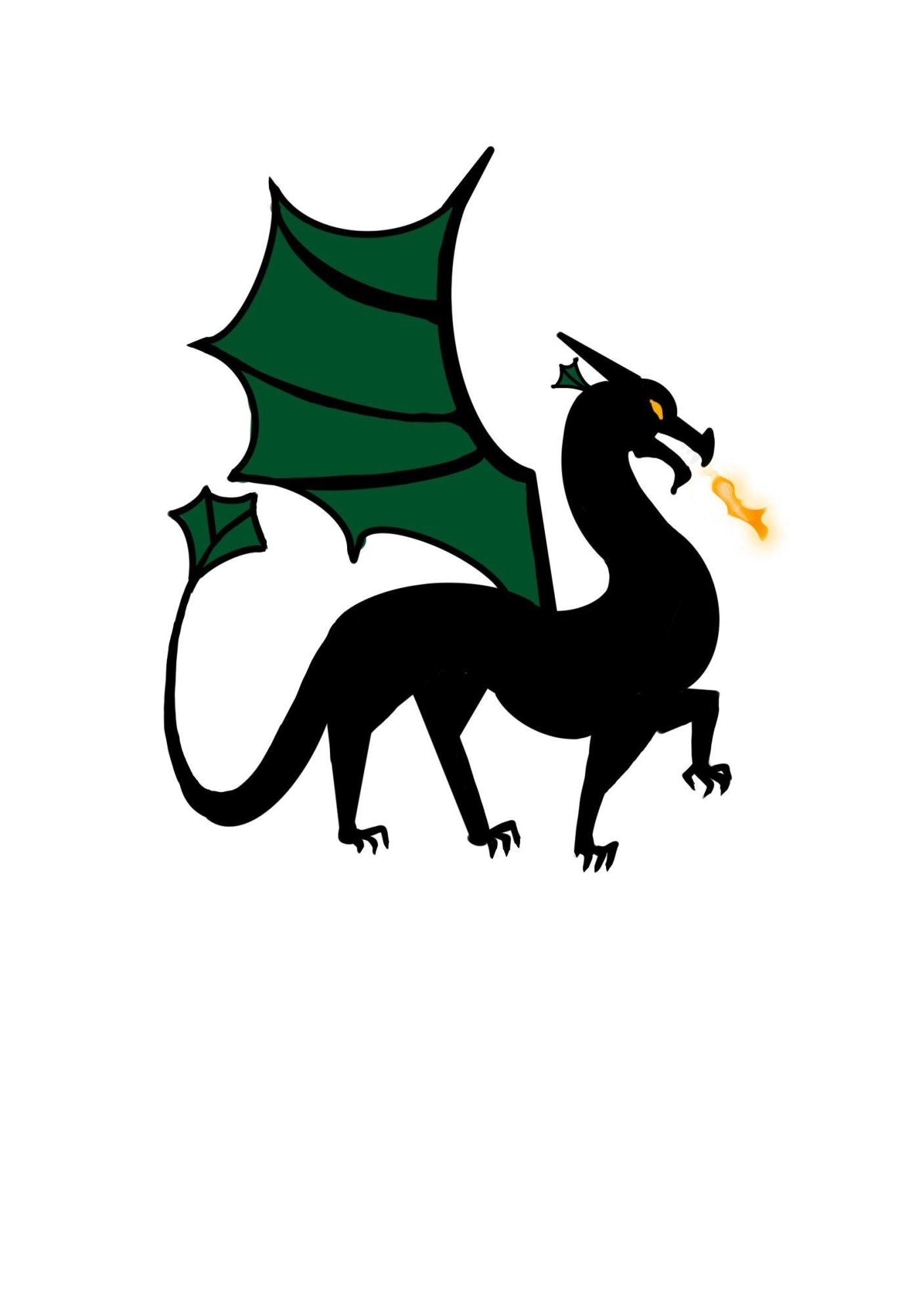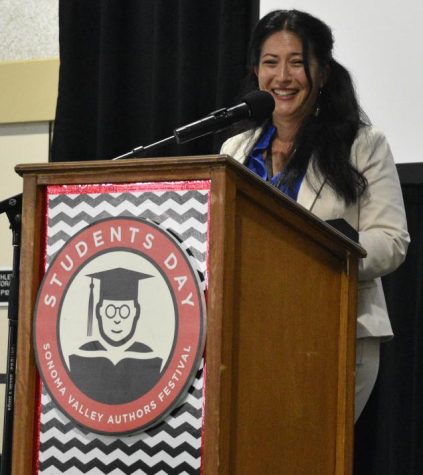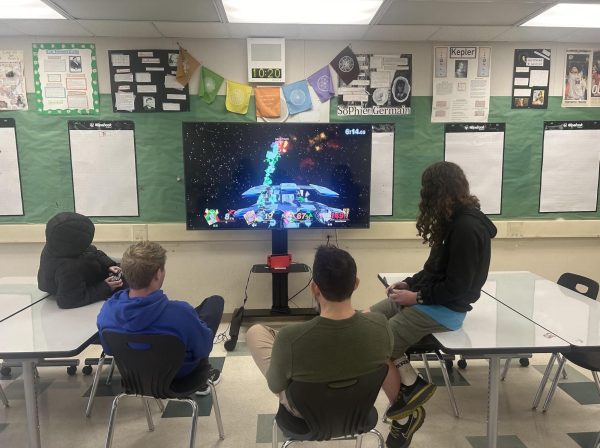The Importance of Final Fantasy I
Released in 1987 by the company Square, and directed by Hironobu Sakaguchi as a last-ditch effort to remain a game developer, the original Final Fantasy landed on the Nintendo Entertainment System –or the Famicom in Japan–, beginning the start of one of Japan’s longest video-game franchises. Comparatively speaking to other role-playing games of the time, the original Final Fantasy revolutionized the genre as a whole, in Japan, and overseas in America.
When the player begins the game, they are taken to the party –four characters which the player controls– creation menu, in which they will create the main “cast” of the game. This beginning allows the player to create a group of characters they wish to play as, with each of the different Jobs –character archetypes such as Fighter, Thief, and Wizards– providing different functions in the gameplay itself. By allowing the player complete freedom over the composition of their team was revolutionary as the player was completely free to do whatever they desired, even having a group of characters of the same job.
After this, the game begins, with the main characters outside the castle-town of Cornelia, without armor, spells, or weaponry. If the player opens up the pause menu or enters a shop, they will learn they start off with 500 Gil –the currency of the Final Fantasy series– to purchase equipment with, before entering the castle of Cornelia. The system for acquiring spells is different in most Final Fantasy games, in the original, they are bought with money earned from battles, similar to weaponry and equipment. However, the original Final Fantasy often discourages players from buying weapons and armor when they can find them in chests throughout the many dungeons of the game.
The admittedly barely present story begins with the band of warriors being ordered by the king of Cornelia to rescue his daughter, the Princess Sarah from Garland, a knight which has defected from the kingdom and become corrupted. For the party, the initial goal is to increase in strength and go defeat Garland, however this is not the entire game, as after this, the cast is sent on an adventure throughout the world to redeem four crystals.
However, the less than stellar story of Final Fantasy is not where its importance lies: the important aspect of the original Final Fantasy is its gameplay. Par the course for a JRPG at the time, albeit nowadays the Final Fantasy franchise no longer has turn based combat, as of the Final Fantasy XV which released in 2016, the franchise has had an action-based system.
When in combat, both parties are visible to the player, with the enemies on the left of the screen and the player-controlled characters on the right. This was revolutionary at the time, as most Role Playing Games –RPGs– would often have battles shown from a first person perspective, Final Fantasy continues to revolutionize as animations –albeit simple ones– were used to convey actions taken by characters, such as showing an individual swinging their sword toward their target, or conveying the effects of a Fireball from a wizard.
An aspect of the battle system which has been the point of criticism is the ineffective attack system, which occurs when at least two characters attack the same opponent, however before the 2nd character can attack the creature, it dies, rendering the character’s turn useless. This system is a positive point of the battle system in my opinion, as it requires the player to constantly pay attention when in combat.
As battles continue, multiple aspects of the gameplay are seemingly apparent to be lifted from early versions of Dungeons and Dragons, such as mages being able to cast a limited amount of spells before needing to rest at an inn or using a House item whilst not in a dungeon. Other elements seemingly taken from Dungeons and Dragons such as a few of the enemies, the Evil Eye enemy is just a Beholder from Dungeons and Dragons, even Tiamat is an enemy, while not stemming from the tabletop game, Tiamat is closely associated with it.
However, for all the things Final Fantasy does right, the gameplay loop becomes increasingly tiring, and in order to have sufficient money and strength, the player will need to continuously fight enemies in order to level grind –spend a large amount of time in one area in order to increase the levels of characters–, which I ended up having to do for about four hours in order to be strong enough to complete the game in a timely manner. The level grinding ends up being so monotonous that had I not been listening to a lot of albums back to back, I would’ve most likely been unable to finish.
Overall, mostly in part to the game’s battle system, the original Final Fantasy is an extremely important game, not only for the RPG genre, but for video-games as a whole, conveying a real sense of adventure to the player, as they go on a journey which spans around fifteen hours of playtime. Despite its importance, the game can suffer due to a reliance on grinding in order to have a sustainable amount of money and strength to finish the last half of the game.






